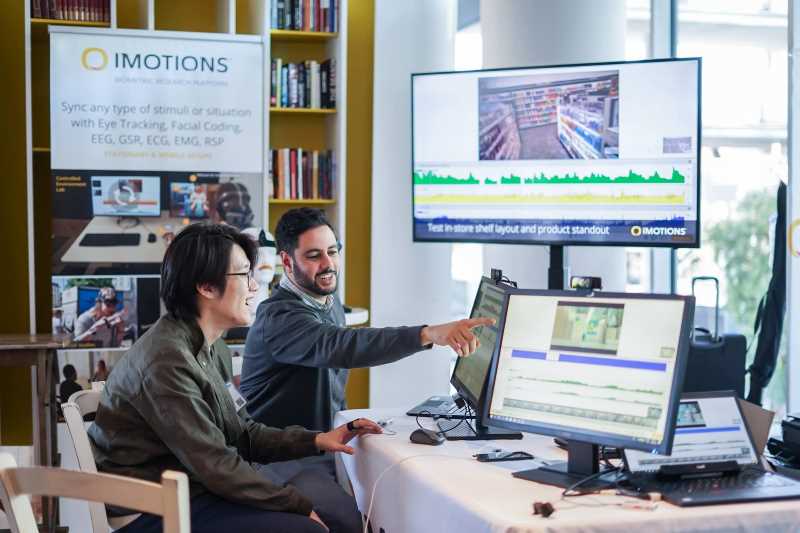Abstract: The present study explores the adoption of electroencephalography and eye tracking to assess physiological differences between divergent and convergent thinking. In neuroscientific literature alpha power synchronization in the right parietal lobe has been associated to top-down inhibition of task-irrelevant cognitive processes occurring during divergent thinking, but findings in oculometric studies seem to suggest a bottom-up process operated by active visual-gating. In the present study, 14 male engineering students performed an adaptation of the Alternative Uses task under two experimental conditions. During the task brainwaves and ocular activity were collected using electroencephalography and eye tracking, but results did not reach statistical significance. Improvements in the experimental setting and analysis method to overcome similar problems are presented. Future studies should further delve into the influences on results of experimental settings and of analysis methods to increase comparability among physiological studies.
Related Posts
-

Why Dial Testing Alone Isn’t Enough in Media Testing — How to Build on It for Better Results
Consumer Insights
-

Tracking Emotional Engagement in Audience Measurement is Critical for Industry Success
Consumer Insights
-

How Real-Time Audience Intelligence Is Revolutionizing Modern Advertising
Consumer Insights
-

The Uncanny Valley And Designing Trust in Human-Robot Interaction
Academia



